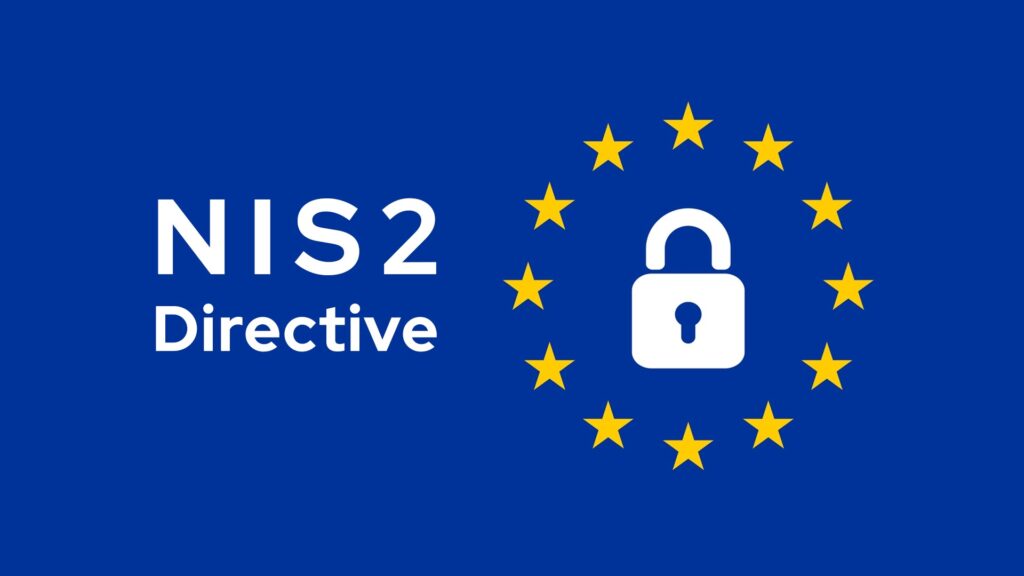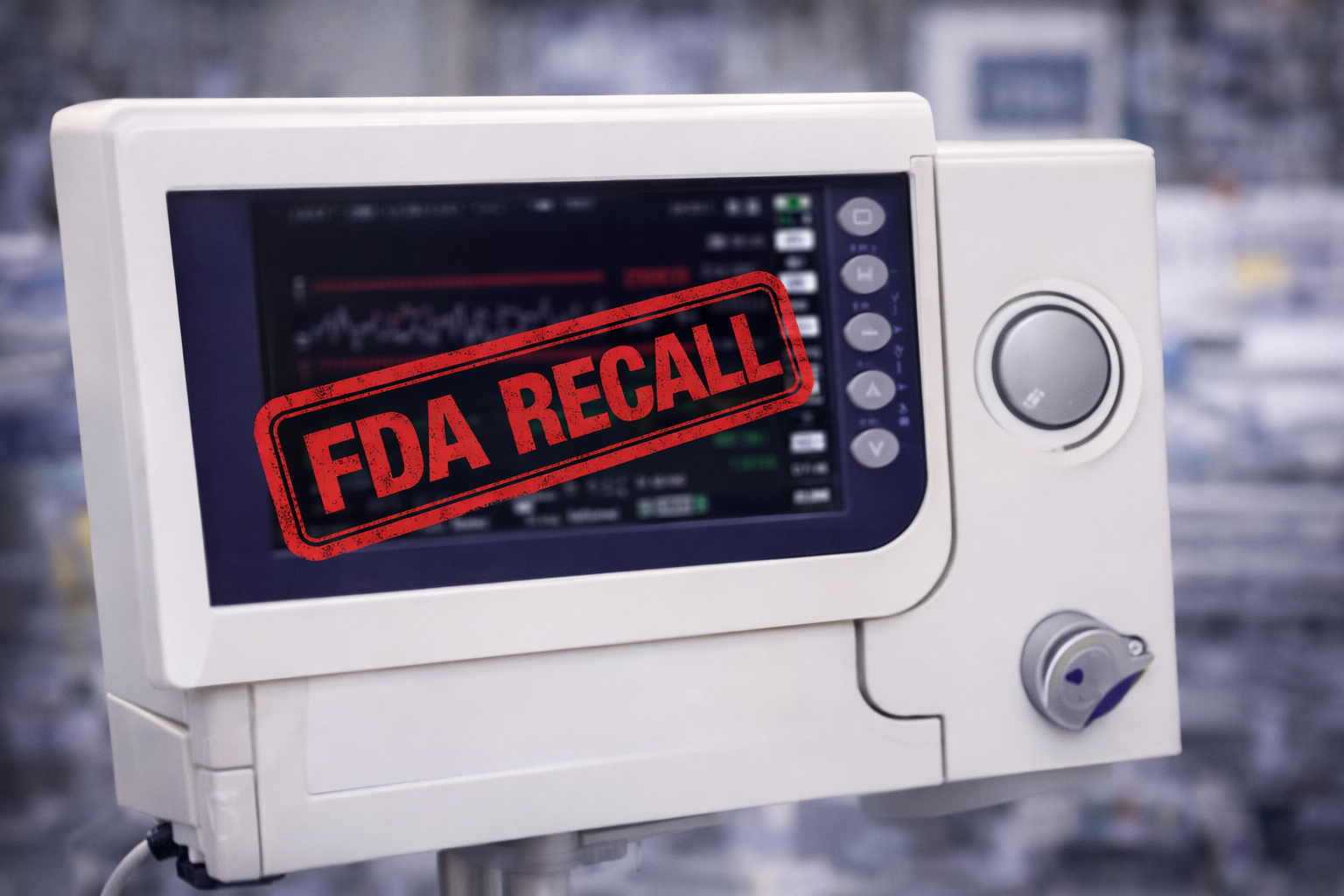Introduction
The EU’s Network and Information Systems Directive 2 (NIS2, Directive (EU) 2022/2555) came into effect in late 2024, establishing a new benchmark for cybersecurity across Europe’s critical sectors. For manufacturers, especially those producing high-risk products like industrial machinery, medical devices or automotive components, NIS2 represents a regulatory wake-up call. The directive expands its scope to include IT systems and Operational Technology (OT). With this shift, OT cybersecurity is no longer a backend concern, as it’s a boardroom priority.
NIS2 calls for a comprehensive and proactive cybersecurity strategy beyond traditional defenses. Manufacturers are expected to implement continuous risk management processes tailored to the realities of OT environments. This includes identifying vulnerabilities in both legacy and modern systems, maintaining a detailed inventory of devices and data flows, and deploying controls like network segmentation and anomaly detection.
What Manufacturers Need to Know
NIS2 replaces and significantly strengthens the original NIS Directive. It mandates that manufacturers classified as “essential” or “important” entities implement robust technical and organizational cybersecurity measures. The directive’s most critical OT-specific requirements include:
- Comprehensive Risk Management: NIS2 mandates dynamic, system-wide risk assessment. This means keeping an up-to-date asset inventory spanning legacy and modern OT, continuously scanning firmware/software for vulnerabilities, and modeling how threats could disrupt physical processes. This often requires deploying specialized OT discovery tools to uncover hidden devices and protocols. Threat models should account for how attackers traverse networks or bypass safety systems. By tying risk scores to safety and production impacts (not just IT impact), companies focus on the assets and attack paths that genuinely matter. Modern platforms (see below) can automate many mapping and analysis steps.
- Rapid Incident Reporting: Under NIS2, significant incidents must be reported to national authorities within 24 hours, with a full root-cause impact report delivered within 72 hours. This requires fast detection of OT anomalies and automated logging and notification workflows. Organizations must have playbooks and tools to gather evidence and draft incident reports immediately after an alert. Teams must practice “24/72-hour readiness”: critical OT alerts should automatically trigger pre-approved notification channels, so regulatory deadlines are never missed.
- Supply Chain Security: NIS2 explicitly makes supply chain risk management part of the security baseline. Manufacturers must ensure every third-party hardware or software component meets strict security requirements. This means ingesting and validating Software Bills of Materials (SBOMs) from suppliers, continuously checking them against vulnerability databases, and enforcing supplier security contracts (including code-signing and secure update processes). For example, suppose a critical open-source library is found in a controller’s firmware. In that case, your compliance process must trace which supplier provided it, confirm the patch status, and document any mitigating actions.
- Executive Accountability: NIS2 elevates cybersecurity failures to boardroom liability. Senior management can be fined up to €10 million or 2% of global turnover for essential entities for compliance breaches. C-level officers can even face personal penalties for gross negligence. This starkly underscores that OT cyber safety is now a business risk, not just a technical issue. It forces companies to answer executives: What are our worst OT threats? How are we mitigating them?
- Secure Development Lifecycle (Security-by-Design): NIS2 requires manufacturers to build cybersecurity into products from the ground up. Standards like IEC 62443 (for industrial systems) and ISO/SAE 21434 (for automotive) are explicitly referenced as guidelines. In practice, this means performing threat modeling early and often, integrating security requirements into designs, and continuously managing discovered flaws. Every product update should be signed and integrity-checked, and design reviews should map threats to mitigation controls. Embedding secure boot, encrypted communications, strict access control, and vulnerability disclosure processes into the lifecycle is no longer optional.
- Incident Response (OT-Focused): OT networks need tailored response playbooks. NIS2 requires that incident response is not just an IT checklist but an OT-adapted process. This includes automated anomaly detection, pre-approved segmentation to isolate affected zones, and reconstruction of the attack path for root-cause analysis. Tools and procedures must be in place so that when a PLC starts broadcasting unusual control commands, the operations team can instantly lock down affected segments and analyze the breach. Proactive “red teams” or automated fuzzing can help validate these playbooks.
- Cryptographic Protections: NIS2 explicitly calls for formal policies on cryptography and encryption. This means end-to-end encryption and key management for sensitive data in transit and at rest. For OT, this could include TLS or IPsec on industrial Ethernet, SSH or VPN for remote operator sessions, and strong encryption of SCADA databases. Data at rest – such as log archives or configuration files – should be encrypted with hardware-backed keys (TPMs or HSMs). Modern approaches even use confidential computing to protect data during processing. Select solutions that provide robust encryption, seamless key lifecycle management, and minimal performance hit on ICS devices.
The above requirements reflect NIS2’s move toward proactive, risk-based security. Manufacturers should use the directive’s controls as a blueprint: map every NIS2 bullet to a concrete OT control and document it for audits.
These requirements demand a shift from traditional perimeter-based security to an integrated, lifecycle-oriented cybersecurity strategy that bridges IT, OT, and supply chain domains.
Deep Dive: Automated Threat Modeling for OT Environments
One of the most technically demanding elements of NIS2 compliance is implementing security-by-design in OT systems, particularly through threat modeling. Unlike IT systems, OT environments consist of heterogeneous devices, real-time control loops, and proprietary protocols, many of which were not originally designed with cybersecurity in mind. Manually modeling threats across such diverse systems is both time-consuming and error-prone. Yet NIS2 requires that manufacturers anticipate and mitigate risks during the design phase across the whole product and operational lifecycle. Complying with the regulation and improving the cybersecurity posture requires the organization to implement comprehensive security measures, including, among other things:
- Model-Based Attack Surface Mapping: Automatically identify exposed interfaces, data flows, and trust boundaries within the OT system. This includes physical ports, wireless interfaces, and internal control links between sensors, controllers, and actuators.
- Dynamic Threat Libraries: Continuously updated threat intelligence sources and structured frameworks to apply relevant attack scenarios. This ensures coverage of emerging tactics, techniques, and procedures (TTPs), including those targeting legacy ICS protocols or industrial middleware.
- Feasibility Scoring and Risk Prioritization: Each threat needs to be evaluated using contextual factors such as access vector, exploit maturity, compensating controls, and potential safety impact. This enables accurate risk scoring and prioritization that is aligned with NIS2’s mandate for proportional and risk-based controls.
- Traceable Security Controls: Mitigations must be linked to control objectives defined in standards like IEC 62443 and ISO/SAE 21434. This allows manufacturers to track which controls have been implemented and where gaps remain, providing a complete, auditable view of the system’s security posture.
- Digital Twin Integration: EVSec enhances threat models with real-time insights in environments with telemetry or simulation data. This feedback loop enables validation of assumptions, detection of previously unknown attack paths, and continual refinement of the model over time.
This approach eliminates one of the biggest bottlenecks in achieving NIS2 readiness by automating threat modeling in a system-aware and standards-compliant manner. Security teams can proactively identify systemic risks at scale, rather than relying on tribal knowledge or static documentation. Development teams benefit from actionable security insights early in the product lifecycle, reducing costly late-stage fixes. Compliance officers also gain a detailed, traceable model that directly supports regulatory reporting and audit requirements.
This technical depth—combined with automation and traceability—makes this approach an essential foundation for embedding robust, proactive security into the DNA of OT products.
Enabling NIS2 Compliance with C2A’s EVSec Platform
Addressing the breadth of NIS2 requirements in complex OT environments can be daunting. C2A Security’s EVSec platform is engineered to automate many tasks across the product lifecycle, bringing a security-by-design approach to industrial manufacturing. Key EVSec capabilities include:
- Automated Risk & Vulnerability Management: EVSec continuously scans firmware, software libraries, and hardware configurations to identify vulnerabilities and misconfigurations. It integrates SBOM/HBOM analysis and flags known CVEs. Crucially, EVSec is risk-driven: it calculates exploitability and impact to enable prioritizing fixes. Teams can focus scarce resources on patches that most directly mitigate NIS2-defined risks.
- Policy-Driven Security Orchestration: EVSec lets organizations define and enforce enterprise-wide security policies throughout development and operations. These policies are codified and automatically checked in CI/CD pipelines and production configurations. This ensures that a compliance policy is applied uniformly, eliminating the gap between IT-defined rules and OT deployments.
- Supply Chain Transparency: EVSec’s BOM & Vulnerability Management module provides complete visibility into supplier components. It can import supplier SBOMs, analyze third-party software, and continually compare them against threat intelligence. If a new vulnerability is disclosed, EVSec traces which products contain and who built that component. This automated traceability directly fulfills NIS2’s supply chain requirements.
- Audit-Ready Compliance Reporting: EVSec maintains an evidence trail of every security action. When audit time comes, it can generate customized reports mapping each NIS2 control to real-world actions. These reports are dynamically updated as the model changes. This streamlines audits: instead of chasing documentation, security and compliance teams have continuous, up-to-date NIS2 compliance dashboards.
- Incident Response Acceleration: EVSec enriches incident detection with OT context. It uses NIS2-aligned detection rules and workflows so that alerts from OT sensors automatically feed into the platform. The platform can trigger notification templates for the 24h/72h reporting clock. It integrates logging across devices and cross-correlates events to speed root-cause analysis.
In essence, EVSec operationalizes security and operations by design in line with NIS2 without slowing down product development. Manufacturers gain continuous visibility into IT and OT risks. They can prove to regulators that every NIS2 measure has a corresponding process or control. EVSec automates heavy lifting, ensuring organizations can show compliance with minimal extra effort.
In essence, EVSec operationalizes the security-by-design and operations-by-design principles NIS2 demands, without slowing down innovation. Manufacturers gain continuous visibility into IT and OT risks and can demonstrate compliance with minimal overhead.
Conclusion
NIS2 is more than a new regulation – it signals a broader shift to cybersecurity as a core part of manufacturing operations. European manufacturers can no longer treat OT security as an afterthought; the directive’s stringent rules force a proactive, risk-focused posture. Threats to ICS are evolving rapidly, and NIS2’s expanded scope and steep penalties mean that only robust, integrated defenses will suffice. Tools like C2A’s EVSec platform demonstrate how to meet these challenges: by embedding threat modeling, continuous assessment, and automated compliance into the product lifecycle, companies can stay ahead of threats. In practice, manufacturers who adopt such DevSecOps approaches will comply with NIS2 and boost their overall resilience, protecting their equipment, productivity, and reputation.
C2A Security is committed to helping European manufacturers on their NIS2 journey. To see how EVSec can automate your cybersecurity and compliance processes, schedule a demo today.







